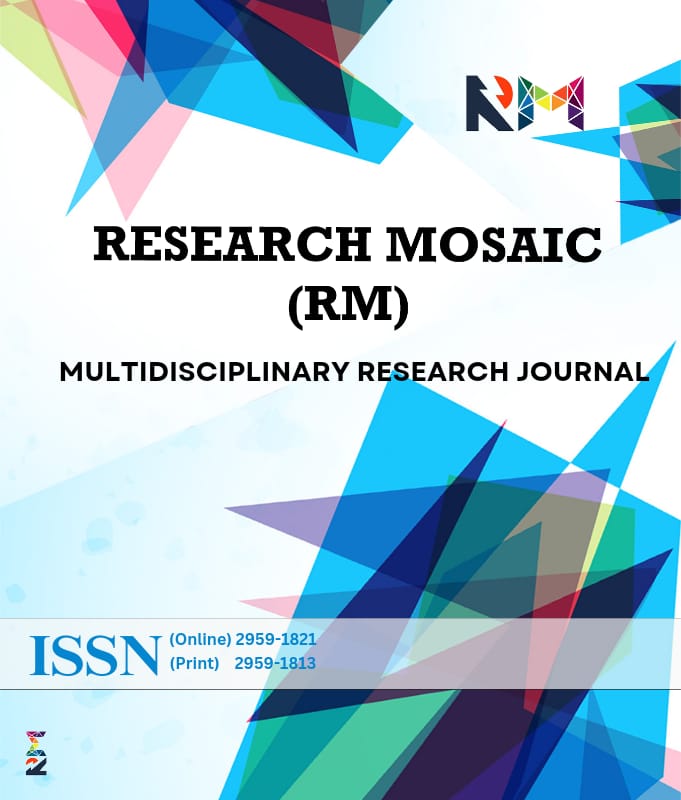Study of Traditional Housing Typology, Lahori Mandi Bazar, Walled City Lahore, Pakistan
DOI:
https://doi.org/10.64428/rm/v5.i3.8Keywords:
Housing, Traditional, TypologyAbstract
Traditional houses, serving as living archives of the past, predominantly make up the walled city of Lahore. Beyond their architectural significance, these dwellings encapsulate the socio-cultural norms, religious values, and lifestyles of the periods in which they were constructed. As such, they not only serve as residences but also as vital historical records, offering valuable insights into the cultural and urban evolution of the city. This study examines the typology of traditional houses in Lohari Mandi Bazar, Walled City Lahore. The research focuses on classifying these housing typologies based on size, architectural features, and spatial arrangements. It further investigates the interplay between architectural elements, climatic comfort, and the everyday lifestyles of inhabitants, highlighting their mutual influence. The study also analyzes the impact of historical periods—including the Sultanate, Mughal, Sikh, and British colonial eras—on housing design. Findings reveal that traditional housing principles prioritized ventilation, privacy, and craftsmanship, featuring intricate woodwork and masonry techniques. These principles may offer sustainable solutions to several contemporary challenges in modern housing.
Downloads
Published
Issue
Section
License
Copyright (c) 2025 Research Mosaic

This work is licensed under a Creative Commons Attribution-NonCommercial 4.0 International License.


